Home>Gardening & Outdoor>Landscaping Ideas>What Is Couch Grass Also Called
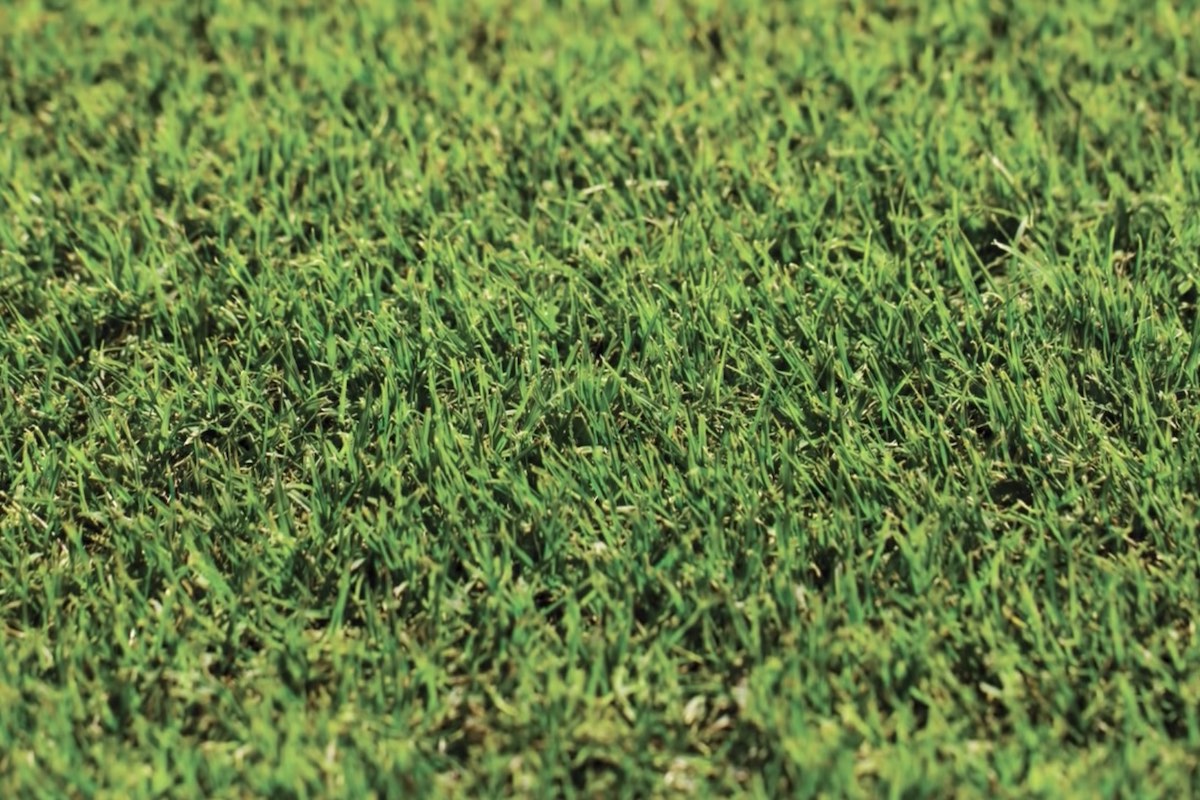

Landscaping Ideas
What Is Couch Grass Also Called
Modified: February 18, 2024
Learn about the landscaping ideas using couch grass, also known as twitch grass or quackgrass. Discover how to incorporate it into your outdoor space.
(Many of the links in this article redirect to a specific reviewed product. Your purchase of these products through affiliate links helps to generate commission for Storables.com, at no extra cost. Learn more)
**
Introduction
**
Couch grass, scientifically known as Elymus repens, is a perennial grass that has a rich history of use in landscaping, agriculture, and herbal medicine. Its resilient nature and adaptability have made it a valuable asset in various settings, earning it several common names that reflect its diverse characteristics. Understanding the different names attributed to couch grass provides insight into its significance and applications. In this article, we will explore the various common names of couch grass, shedding light on its unique attributes and the roles it plays in different contexts. Additionally, we will delve into the uses of couch grass, uncovering the practical applications that have contributed to its enduring popularity. By gaining a deeper understanding of couch grass and its alternative names, we can appreciate its versatility and the ways in which it enriches both natural and cultivated landscapes.
Key Takeaways:
- Couch grass, also known as quackgrass, twitch grass, and dog grass, is a resilient and versatile plant used for erosion control, herbal medicine, and as a durable lawn option due to its vigorous growth and adaptability.
- The various names for couch grass reflect its unique characteristics and historical uses, such as its ability to stabilize soil, provide nutrition for livestock, and support urinary health. Its resilience and diverse applications make it a valuable asset in different landscapes.
Read more: What Are Couch Pillows Called
Characteristics of Couch Grass
Couch grass, also referred to as quackgrass, twitch grass, and dog grass, boasts a robust and vigorous nature that enables it to thrive in a wide range of environments. This resilient grass species is characterized by its creeping rhizomes, which allow it to spread rapidly and establish a dense network of interconnected roots. The leaves of couch grass are long and narrow, with a distinctive blue-green hue that adds visual interest to any landscape. Its ability to tolerate various soil types and conditions makes it a versatile choice for erosion control and landscaping projects.
One of the defining features of couch grass is its tenacious growth habit, which enables it to withstand adverse conditions and outcompete other plant species. This trait, while beneficial for stabilizing soil and preventing erosion, also contributes to its classification as an invasive weed in certain contexts. Despite its resilience and adaptability, couch grass is susceptible to selective herbicides, making it a challenging adversary for gardeners and farmers seeking to manage its proliferation.
Another notable characteristic of couch grass is its extensive root system, which enables it to extract nutrients and moisture from deep within the soil. This attribute not only enhances its ability to survive in harsh conditions but also makes it a valuable species for soil improvement and remediation. Additionally, the rapid growth and regenerative capacity of couch grass make it a popular choice for turf establishment and ground cover, as it can quickly form a lush green carpet in a variety of settings.
As we explore the different common names for couch grass, it becomes evident that each designation reflects specific aspects of its morphology, growth patterns, and ecological roles. By understanding the unique characteristics of couch grass, we can appreciate the reasons behind its widespread use and the diverse roles it fulfills in both natural and cultivated landscapes.
Common Names for Couch Grass
Couch grass, known by various common names, is recognized for its adaptability and resilience, which have contributed to its widespread presence in different regions. One of its most widely used names, “quackgrass,” is believed to have originated from the Dutch word “kweekgras,” which refers to the grass’s creeping and persistent nature. This name underscores the tenacious growth habit of couch grass, highlighting its ability to persistently spread and establish itself in diverse environments.
Another common designation for couch grass is “twitch grass,” which alludes to its tendency to twitch or quiver in the wind. This name captures the dynamic and responsive nature of the grass, reflecting its ability to sway and move with the breeze. Additionally, the term “twitch” conveys a sense of agility and quick growth, emphasizing the rapid spread of couch grass in favorable conditions.
The name “dog grass” also reflects the multifaceted identity of couch grass, as it suggests a specific association with dogs. Historically, this name was linked to the traditional use of couch grass as a herbal remedy for digestive issues in dogs. The term “dog grass” thus emphasizes the grass’s historical role in traditional veterinary medicine and its enduring connection to canine health.
Furthermore, couch grass is also commonly referred to as “wheatgrass” due to its visual resemblance to wheat plants when young. This name draws attention to the grass’s appearance during its early growth stages, highlighting its similarity to cultivated cereal crops. By examining the diverse common names for couch grass, we gain insight into the various cultural, ecological, and practical associations that have shaped its identity and significance.
These alternative names not only showcase the rich history and cultural significance of couch grass but also provide valuable insights into its ecological roles and practical applications. By exploring the diverse common names attributed to couch grass, we can gain a deeper appreciation for its versatility and the multifaceted ways in which it has been integrated into human landscapes and natural ecosystems.
Couch grass is also called quackgrass or twitchgrass. It is a persistent weed that can be difficult to control in lawns and gardens. Regular mowing and hand pulling can help manage its growth.
Uses of Couch Grass
Couch grass, with its diverse range of applications, has been utilized for various purposes, reflecting its adaptability and beneficial properties. In landscaping, couch grass serves as an effective ground cover and erosion control solution, thanks to its vigorous growth and extensive root system. Its ability to form dense, interconnected mats of vegetation makes it an ideal choice for stabilizing soil on slopes, embankments, and disturbed areas, preventing erosion and promoting ecological restoration.
Additionally, couch grass has historical significance in herbal medicine, where it has been traditionally used to address a variety of health concerns. The rhizomes of couch grass contain beneficial compounds that have been employed in herbal remedies to support urinary tract health and alleviate discomfort associated with urinary issues. This historical use underscores the medicinal value attributed to couch grass and its enduring role in traditional healing practices.
Furthermore, couch grass has been utilized in agricultural settings for forage and grazing purposes, providing valuable nutrition for livestock and contributing to the productivity of pastures and rangelands. Its resilience and ability to thrive in diverse conditions make it a valuable asset for enhancing the sustainability and productivity of agricultural landscapes.
Moreover, the rapid regrowth and resilience of couch grass make it a popular choice for turf establishment and lawn coverage, where it can quickly form a lush and resilient green carpet. Its ability to withstand heavy foot traffic and recover from mowing and trampling makes it a practical option for creating durable and attractive lawns in residential and commercial settings.
By understanding the diverse uses of couch grass, we can appreciate its multifaceted contributions to landscaping, agriculture, and herbal medicine. The versatile applications of couch grass highlight its adaptability and resilience, positioning it as a valuable resource with practical and ecological significance.
Conclusion
Couch grass, known by a variety of common names such as quackgrass, twitch grass, dog grass, and wheatgrass, embodies a resilient and versatile character that has shaped its diverse uses and cultural significance. Its creeping rhizomes, tenacious growth habit, and adaptability have positioned it as a valuable asset in landscaping, agriculture, and traditional medicine. The alternative names attributed to couch grass reflect specific aspects of its morphology, growth patterns, and practical applications, providing insights into its ecological roles and historical associations.
From serving as an effective ground cover for erosion control to contributing to traditional herbal remedies for urinary health, couch grass has carved a multifaceted identity that transcends geographical and cultural boundaries. Its ability to thrive in various conditions and fulfill a range of practical and ecological roles underscores its enduring relevance and value in diverse landscapes.
By exploring the common names and uses of couch grass, we gain a deeper appreciation for its adaptability, resilience, and the ways in which it enriches natural and cultivated environments. Whether it’s stabilizing soil, providing forage for livestock, or offering medicinal benefits, couch grass continues to play a vital role in shaping landscapes and supporting human well-being.
As we reflect on the rich tapestry of names and uses associated with couch grass, we recognize its enduring presence and contributions, serving as a testament to the enduring significance of this resilient and versatile grass species.
Frequently Asked Questions about What Is Couch Grass Also Called
Was this page helpful?
At Storables.com, we guarantee accurate and reliable information. Our content, validated by Expert Board Contributors, is crafted following stringent Editorial Policies. We're committed to providing you with well-researched, expert-backed insights for all your informational needs.
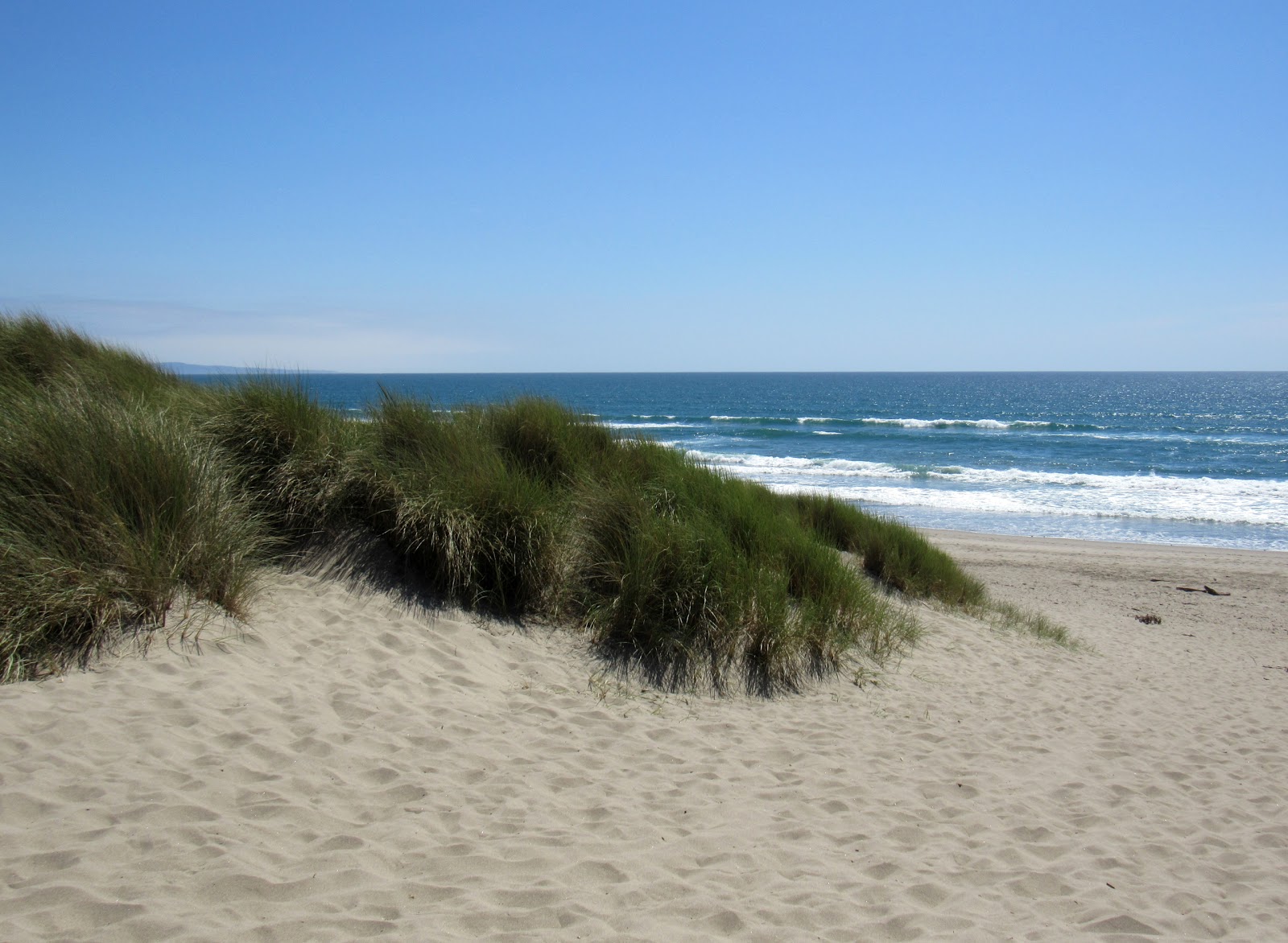
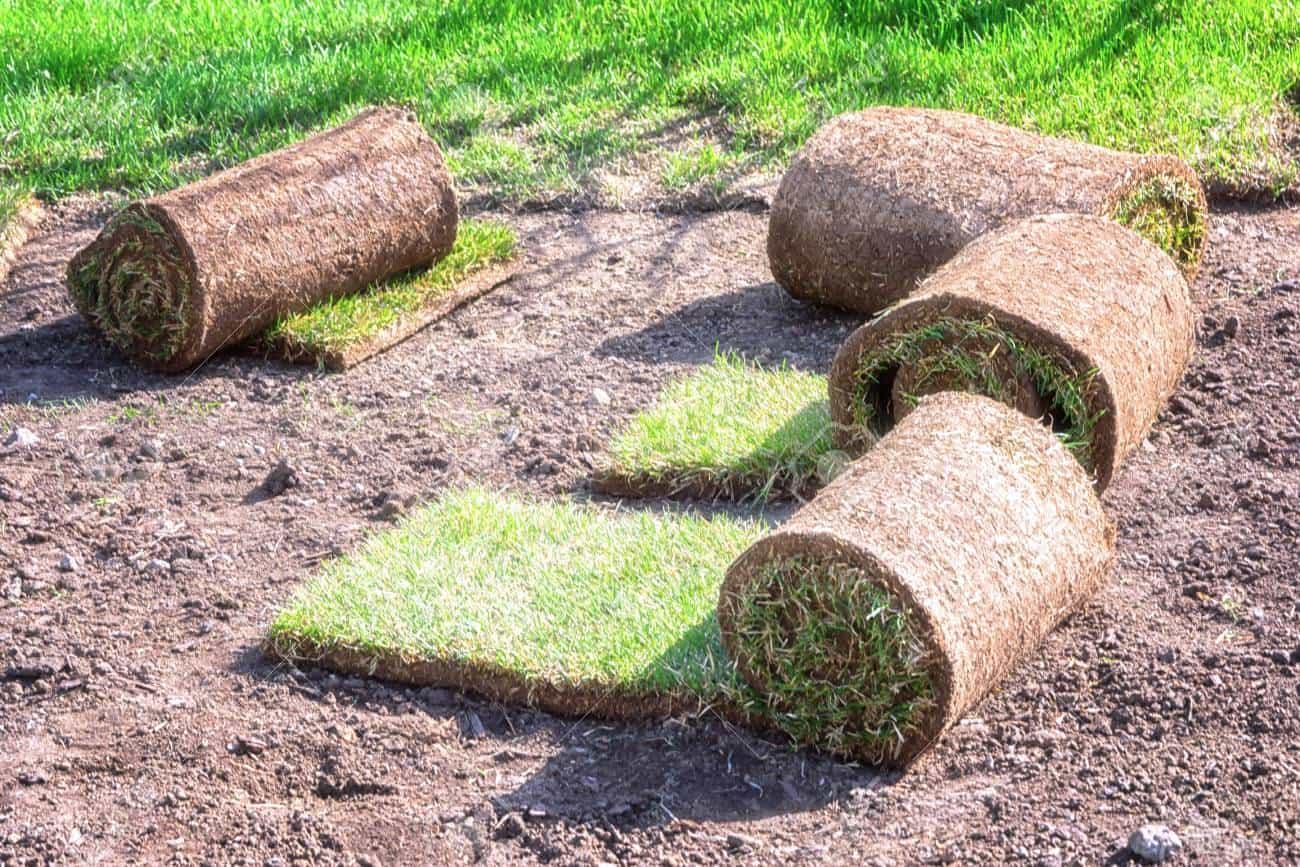


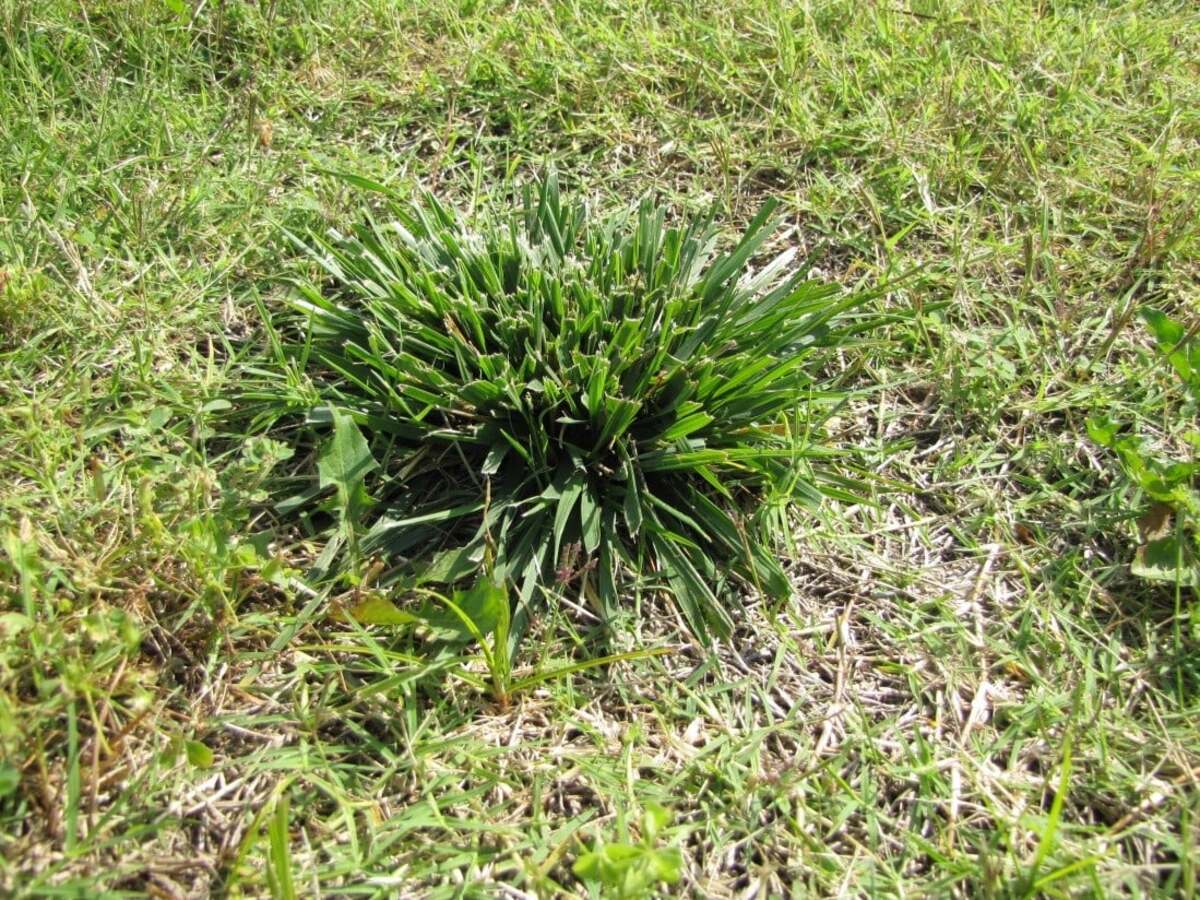

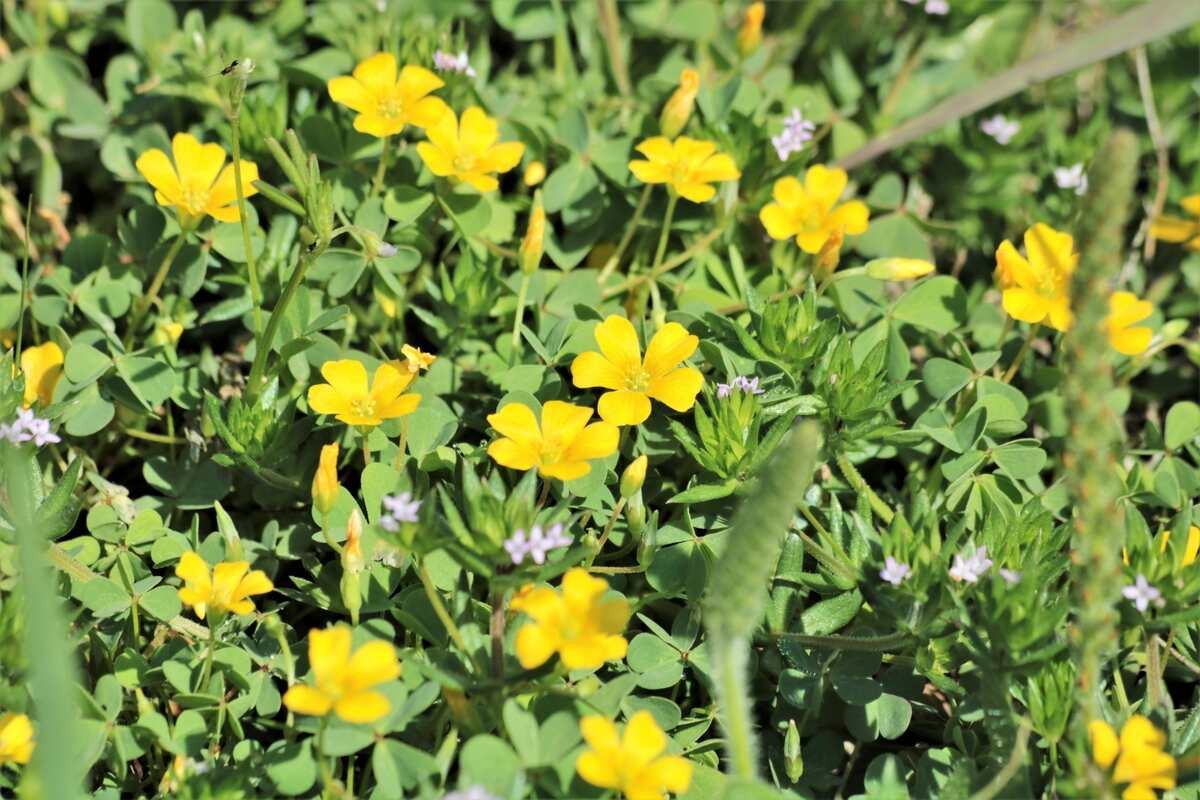
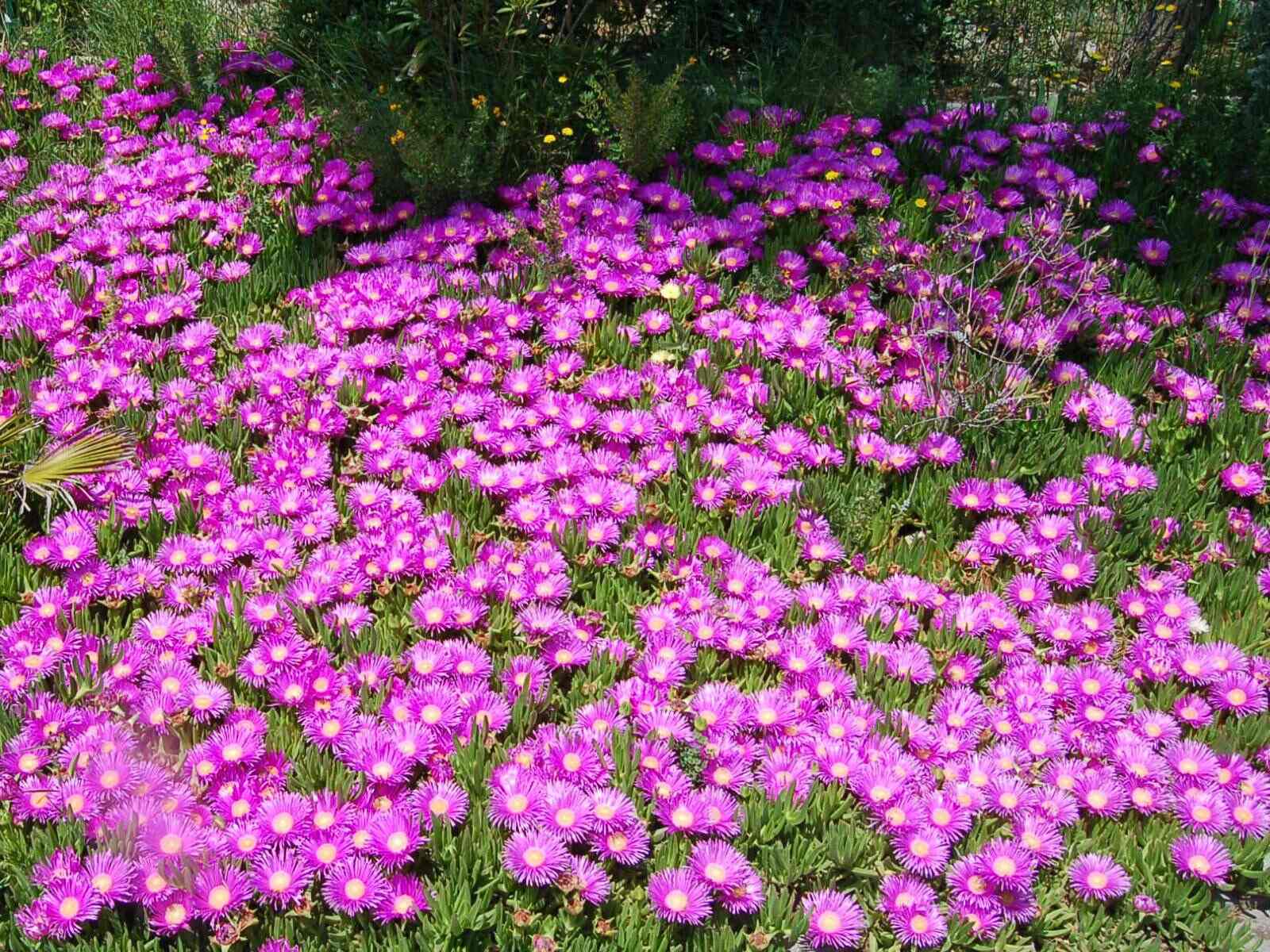
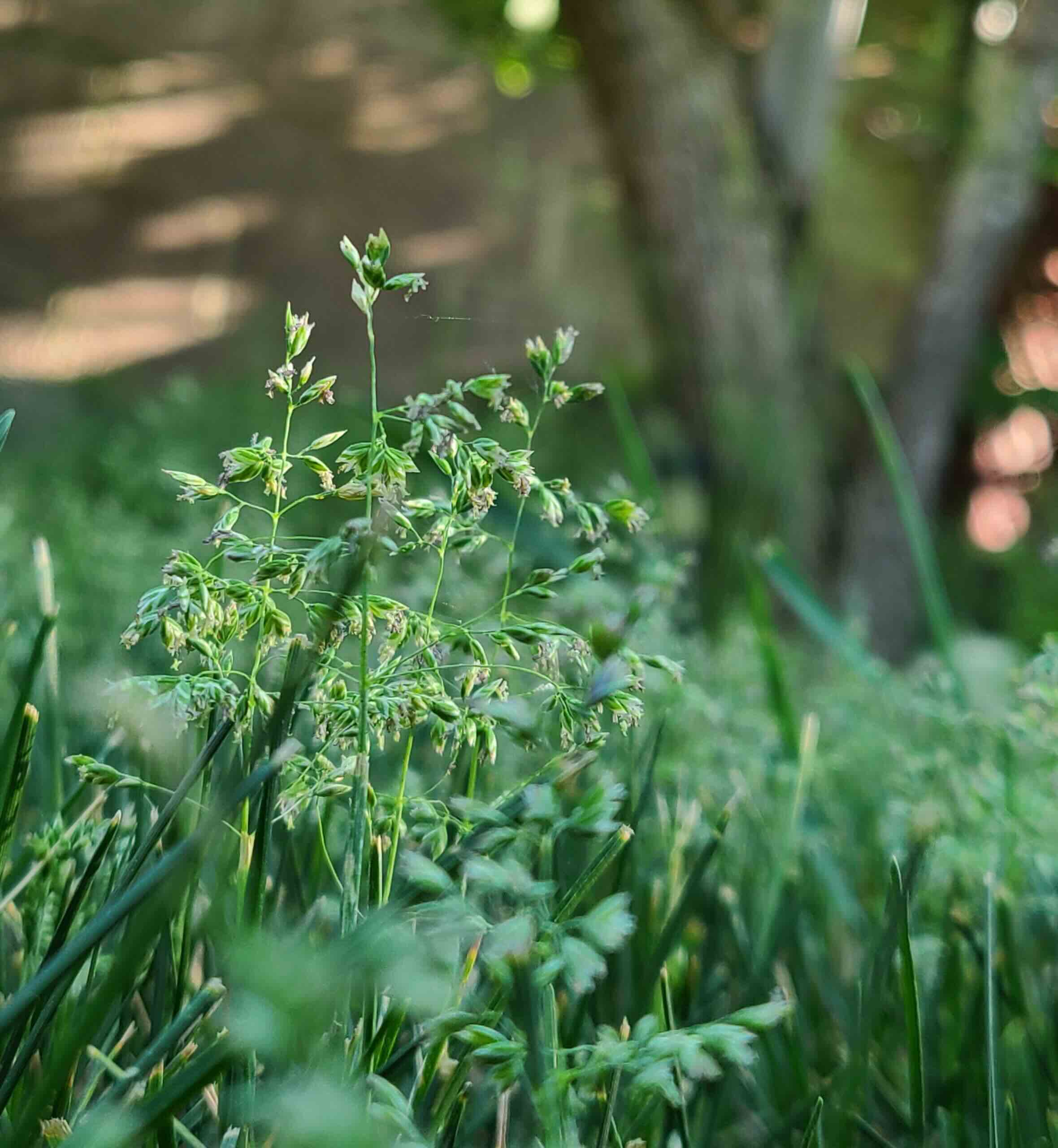
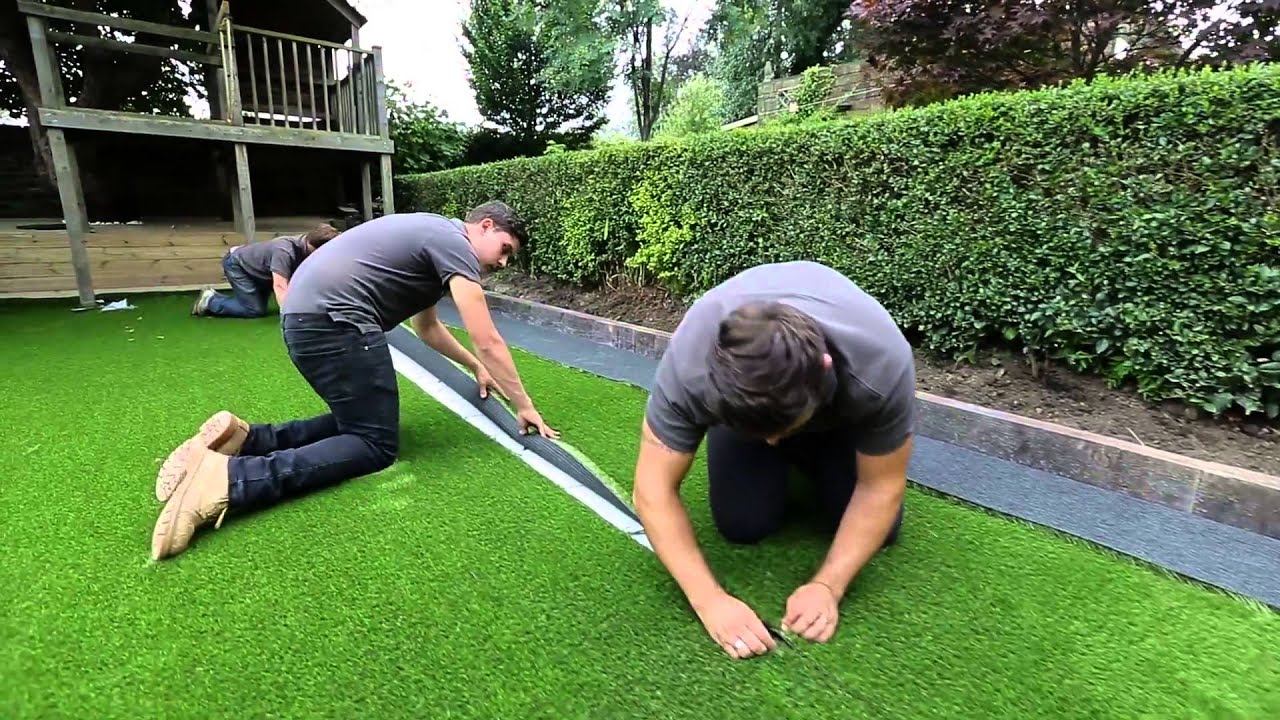

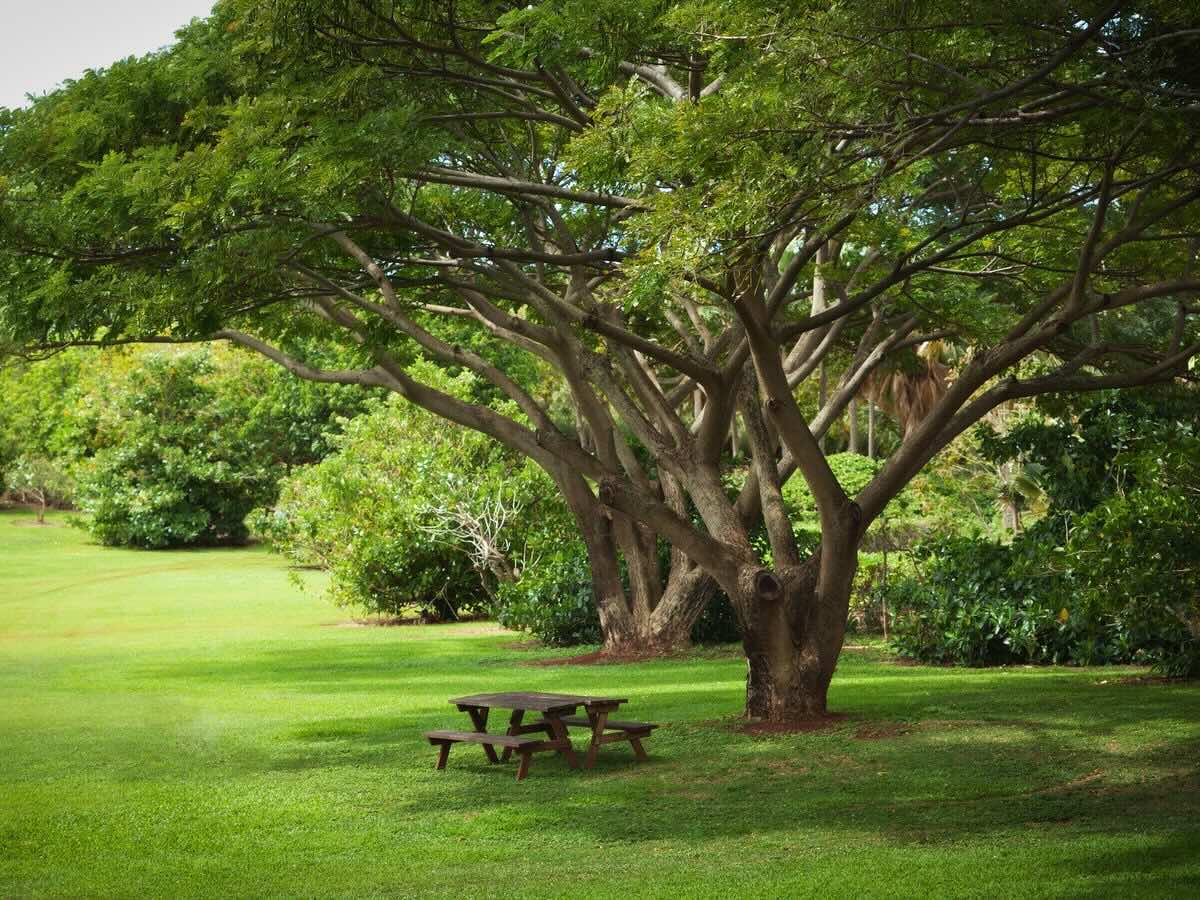
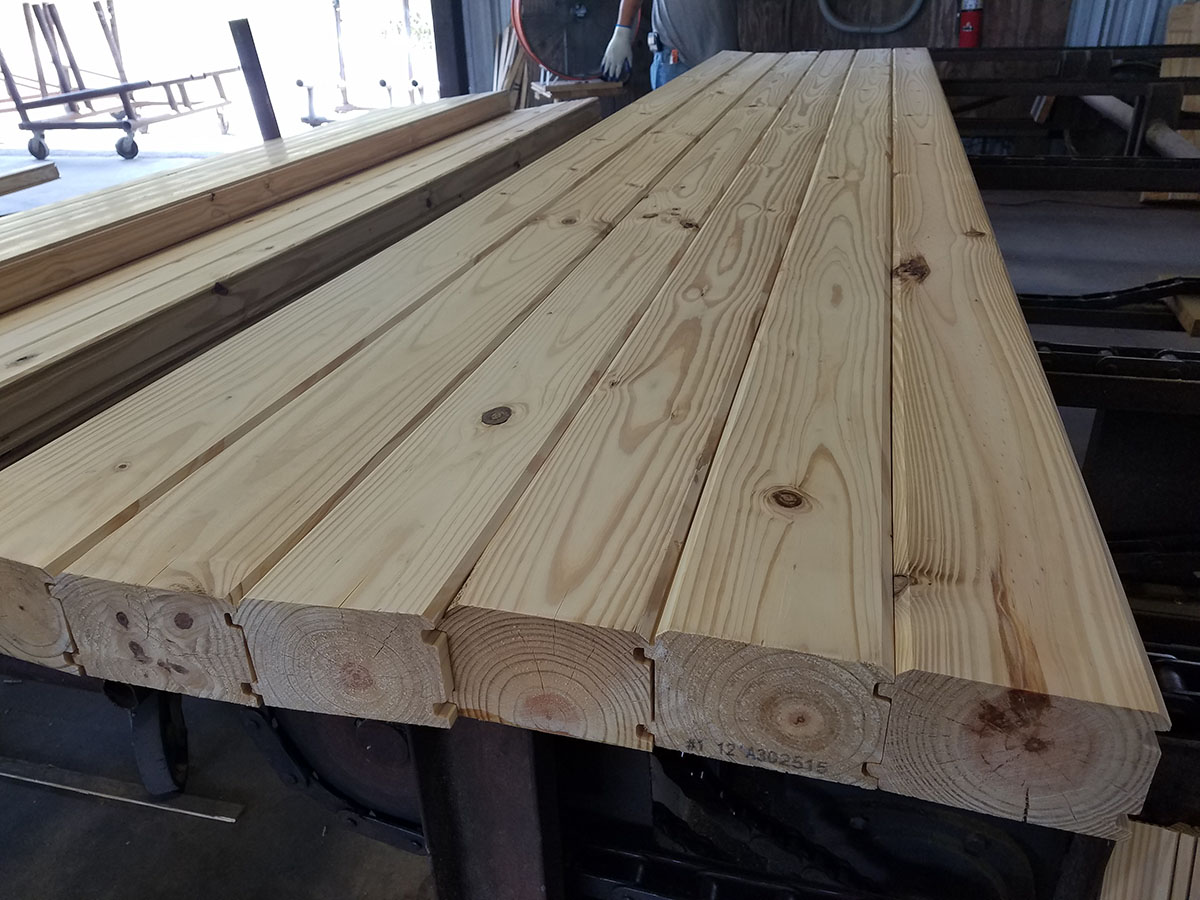

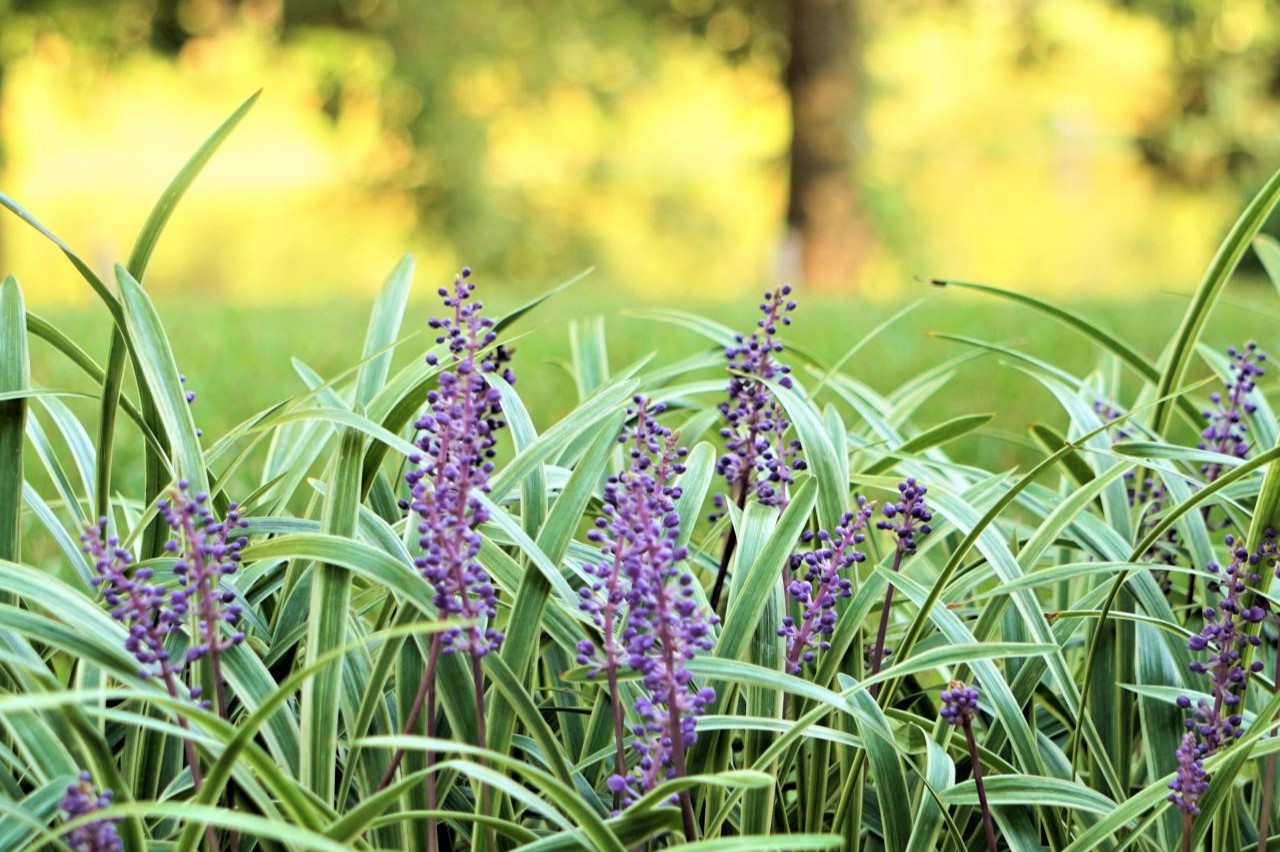

0 thoughts on “What Is Couch Grass Also Called”